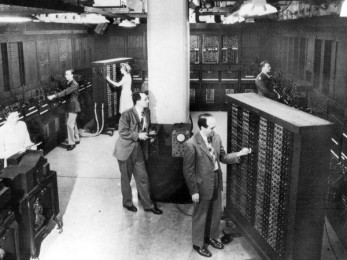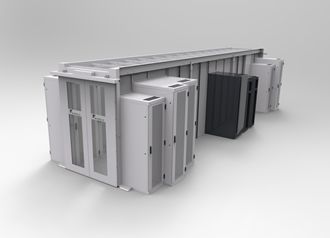 By 2018 each person will transmit one gigabyte of data every day, said Jason Dodier, director of sales at APC Schneider Electric. By 2018 there will be 8.6 zettabytes of data. There are two billion internet users, 21 billion network devices, 1.3 million video views per minute.
By 2018 each person will transmit one gigabyte of data every day, said Jason Dodier, director of sales at APC Schneider Electric. By 2018 there will be 8.6 zettabytes of data. There are two billion internet users, 21 billion network devices, 1.3 million video views per minute.
The data network worldwide use the industrial internet of things, the internet of things itself and social and internet data sources.
Speaking at the Canalys Channel Forum, in Barcelona, the company set out its pitch to the resellers and distributors in the audience. So, APC has something it calls a micro data centre but he said many customers wanted less latency than 100ms, so his company is using edge, which provides less than 10ms latency.
Edge technology is required for medical applications, machine to machine, smart cities, artificial intelligence, 3D printing and speech/image recognition.
Edge computing architectures include gateway, 1 to 10 racks or micro data centres, and regional data centres.
He said localised data centres will be an important part of the market – it;s fast to deploy and provides low latency and high bandwidth.
Schneider APC customers include banks, automotive, oil and gas, government and military and colocation banks.
Micro data centres include storage, processing and networking, ships in a single enclosure and includes power, cooling, security and management tools.
A micro datacentre costs $5/watt for a one rack system compared to $10.8/watt for a 1MW tier one data centre.
Schneider APC sells through a large partner network. Customers can self install, or use system integrator install.
 ResearchAndMarkets.com has added up some numbers and divided by them by its shoe size and reached the conclusion that the hyperscale data centre market will grow at a CAGR of 24.25 percent over the next five years.
ResearchAndMarkets.com has added up some numbers and divided by them by its shoe size and reached the conclusion that the hyperscale data centre market will grow at a CAGR of 24.25 percent over the next five years.















